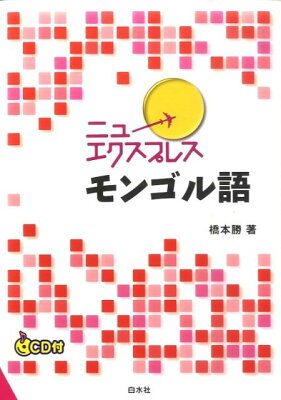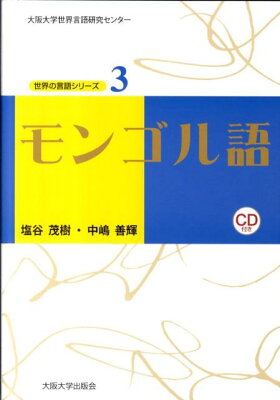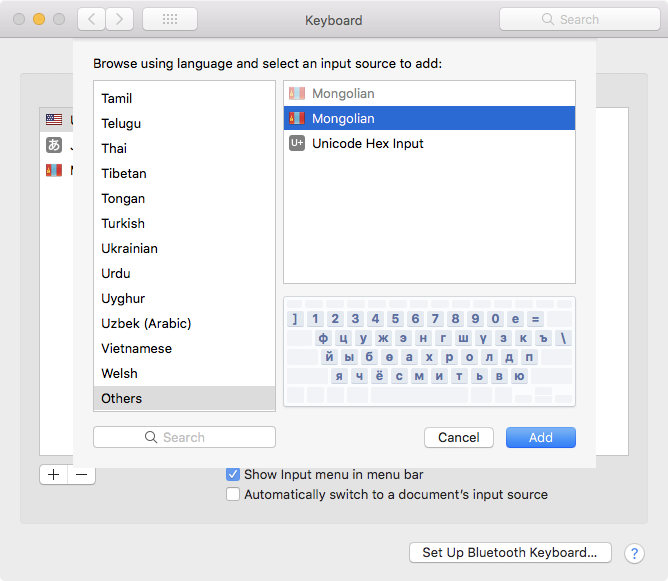In Mongolian, there is a distinction between masculine and feminine forms of words. The form of the endings that attach to words changes depending on whether it’s masculine or feminine, so remembering this can be helpful. This distinction is not based on meaning but is determined mechanically by vowels, making the system simple.
Vowels
Let’s start by learning about vowels. They are divided into masculine vowels, feminine vowels, and neutral vowels.
- Masculine Vowels
- А series: а, аа, ай, я, ая
- О series: о, оо, ойь ё, ёо
- У series: у, уу, уй, юу
- Feminine Vowels
- Э series: э, ээ, эй, е, еэ
- Ө series: ө, өө, е, еө
- Ү series: ү, үү, үй, юү
- Neutral Vowels
- И series: и, ий
While this is a simple classification, if you add the distinction between short vowels, long vowels, and diphthongs, it will correspond to the table in Mongolian Language: Types of Vowels – Short Vowels, Long Vowels, Diphthongs.
Masculine and Feminine Forms
Words containing masculine vowels are in the masculine form, while others are in the feminine form. Additionally, a single word cannot contain both masculine and feminine vowels (vowel harmony).
Examples
- Masculine Form
- охин (daughter)
- сайхан (good)
- дулаан (warm)
- болно (OK)
- бодно (think)
- та (you)
- Feminine Form
- хүү (son)
- эаэрнэ (begin)
- миний (my)
- би (I)
- гэр (home)
- өвөө (grandfather)
- нэр (name)
- энэ (this)
- тэр (that)
It’s quite surprising that “daughter” is in the masculine form and “son” is in the feminine form, isn’t it?
Due to this distinction between masculine and feminine forms, the endings change when converting cardinal numbers to ordinal numbers (Reference: Mongolian Number Expressions You Should Know Before Going to Mongolia).










